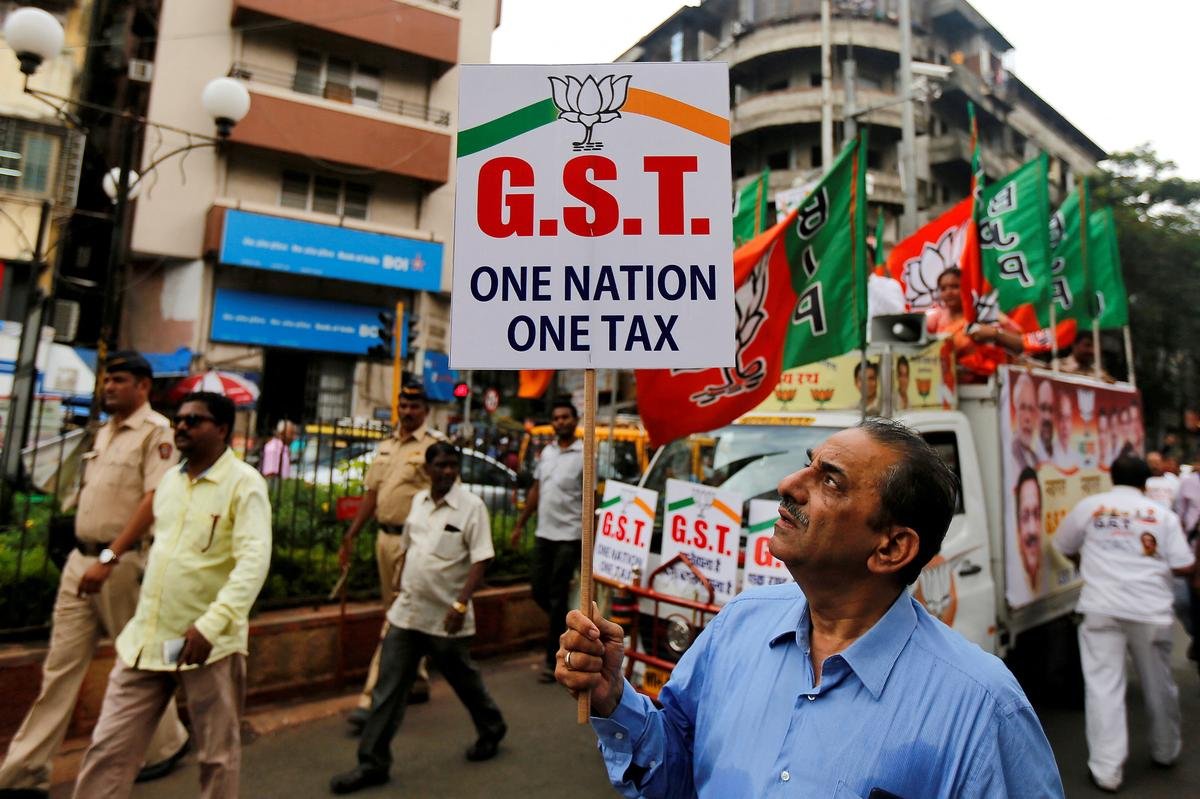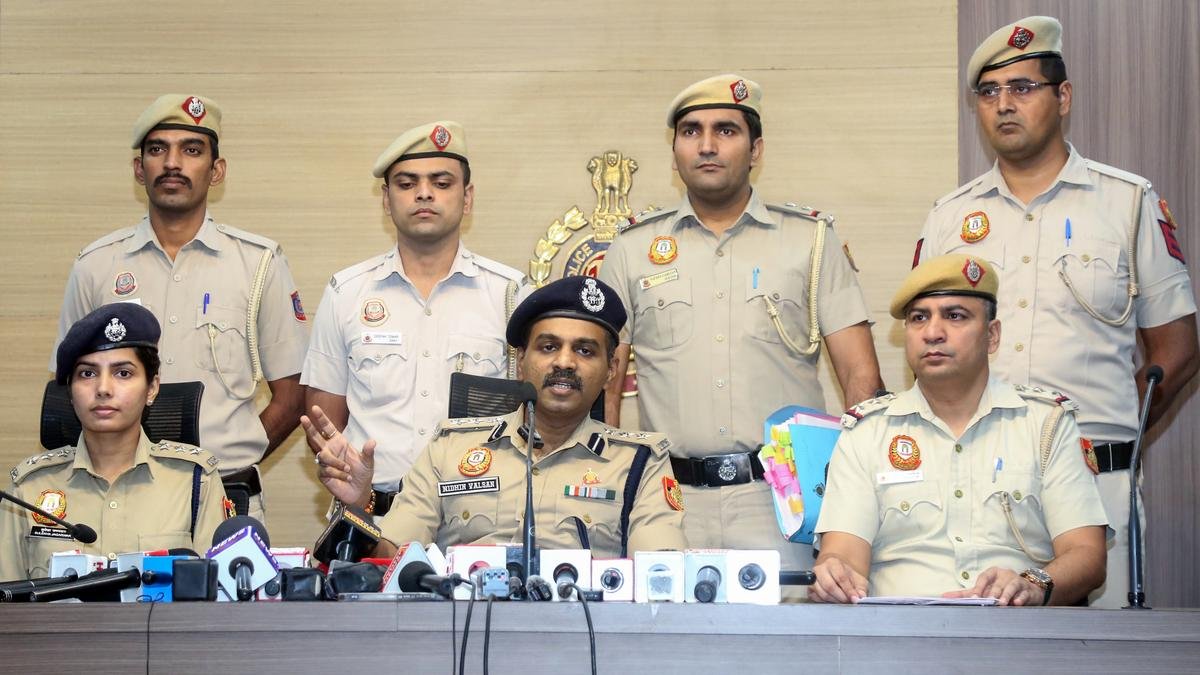- On June 4, 2025, the government announced it would hold the Population Census-2027 in 2 parts, and it would also count castes.
- This has restarted a discussion about delimitation.
- However, Southern states are worried about losing their power in Parliament, and this decision is a big change in how we collect caste data.
The 2027 Census and What It Means for Delimitation
Census Announcement & When It Will Happen:
- The 2027 Census will be done in 2 steps, and it will include caste-based enumeration
- The official date for the Census will be March 1, 2027, at midnight.
- Reports say the House Listing Phase (counting homes) will likely start around March-April 2026 and finish by September 2026.
- After that, the main Census count will happen for 21 days in February 2027, with 25-30 lakh (2.5-3 million) people doing the counting.
- Counting will be done digitally, which should make things faster.
- We might get basic numbers within 10 days in March 2027, and the final numbers by late 2027 after about 6 months of reviewing.
- The Delimitation Debate is Back:
- The Constitution (Articles 81 and 82) says delimitation must happen after every Census.
Article 81: Composition of the House of the People (Lok Sabha)
Article 82: Readjustment After Each Census
|
- This delimitation happened after the Censuses in 1951, 1961, and 1971.
- Freezing Seats: To encourage states to control population growth, the 42nd Amendment (1976) stopped changing the total number of Parliament and State Assembly seats until the 2001 Census.
- Later, the 84th Amendment (2002) pushed this freeze even further, saying the total number of seats wouldn’t change based on population until the “first Census after 2026.”
- This means the 2027 Census numbers will directly lead to the next reshaping of how many seats each state gets in Parliament, even though earlier changes to election area borders within states were based on the 2001 Census, with the total number of seats staying at the 1971 level.
- Southern States’ Worries: States in the south, like Tamil Nadu (whose Chief Minister M.K. Stalin has strongly spoken out), are afraid they will lose seats in Parliament if the number of seats is changed based on the 2027 Census.
- This fear comes because these states have done a better job of controlling their population, while some northern states have grown more.
- CM Stalin has blamed the government for delaying the Census to 2027 to make this happen, asking for “Fair Delimitation” and wanting the old 1971 Census-based system to continue until 2056.
- Women’s Reservation Link: The government has clearly said that 33% reservation for women in Parliament will only happen after delimitation.
- This puts political parties in a tough spot: if they argue against delimitation, they could be called “anti-women.”
- Steps for Delimitation (After 2027 Census Data): Once the final Census numbers are out, the process will involve:
- Parliament will pass a new Delimitation Act (a law about reshaping election areas).
- Setting up a Delimitation Commission (led by a retired Supreme Court judge, with the Chief Election Commissioner and State Election Commissioners as members; MPs and MLAs can join but don’t vote).
- The Commission will figure out a formula (how many people per election area) by talking to different groups.
- A separate Constitutional Amendment Bill (a change to the Constitution) will be needed to increase the total number of seats in Parliament (currently fixed at 543; the Constitution says Lok Sabha can’t have more than 550 seats).
- This change needs a two-thirds vote in Parliament.
- Will It Be Ready for 2029 Elections?
- The whole process—getting final Census data (late 2027), passing new laws, setting up the Commission, talking to people, and possibly changing the Constitution to add seats—makes it very uncertain if delimitation can be finished before the next Lok Sabha elections in 2029.
Why Do People Want a Caste Count and Its Importance?
On April 30, 2025, the government approved including a caste-based enumeration in the next Census.
- This is a huge shift because it will be the 1st time since 1931 that the Indian government will officially collect detailed caste information for groups other than Scheduled Castes (SCs) and Scheduled Tribes (STs).
- Goal: The government says the caste count aims to “make our society stronger in social and economic ways as the nation keeps moving forward.”
- Why the Demand: This decision comes after many years of political groups, social discussions, and legal checks asking for it, especially concerning the rights and well-being of Other Backward Classes (OBCs).
What is a Census and a Caste Census in India?
Census in India:
- It happens every 10 years.
- It gathers information about people’s numbers, money situations, and social lives.
- The 1st attempt at a Census was in 1872 during British rule.
- But the 1st proper and organized Census was in 1881, done under W.C. Plowden, who was the Census Commissioner of India.
- After Independence: India kept doing it every 10 years under the Census Act of 1948.
- It’s done by the Registrar General and Census Commissioner, who comes under the Ministry of Home Affairs.
- Last Census: 2011.
- The 2021 Census was delayed because of the COVID-19 pandemic.
- Caste Census Specifics:
- A caste census gets detailed information about people’s caste, along with things like education, jobs, and money status.
- History: Caste data was regularly collected during British rule, with the last full caste census in 1931.
- However, Data was collected in 1941 but not made public because of WORLD WAR 2.
- After Independence: From 1951 onwards, the Indian government stopped collecting detailed caste data, saying the country should move past caste differences.
- So, the Census only recorded SC and ST castes, leaving out others like OBCs.
- The Census is a Union subject Entry 69 of the Union List in the 7th Schedule of the Constitution.
- (meaning only the central government can do a national census).
- However, because states needed data, the government in 1961 allowed states to do their own surveys to find OBCs for state-level use (since there were no central OBC reservations then).
- The Collection of Statistics Act, 2008 also allowed states and local governments to collect data when needed, which led to state-level caste surveys in places like Karnataka (2015) and Bihar (2022).
- Even though OBCs were not included in the national census, they were officially recognized — especially after the Mandal Commission Report in 1980.
- That report used 1931 caste data and expert estimates, not new data.
- This has created a serious problem: OBCs make up a large part of India’s population, but there is no updated or accurate caste data to support reservation or welfare policies for them.
SECC 2011: An Attempt That Didn’t Work
- Socio-Economic and Caste Census (SECC) 2011: This was the government’s attempt to count castes after Independence, trying to include caste data beyond SCs and STs.
- Problems:
- Legal Issue: It was not done under the Census Act, 1948, so it didn’t have the same legal protections or strict rules as a full Census.
- Execution: It was managed by the Rural and Urban Development Ministries, which didn’t have the special knowledge needed for such a large social study.
- Flawed Design: The survey questions were too open, and the people doing the counting were not trained well enough to tell the difference between main castes and sub-castes, or clan names and last names.
- Bad Data: This confusion led the SECC to record 46 lakh (4.6 million) unique caste names, which made no sense compared to the 4,147 castes found in the 1931 Census.
- Never Released: The collected data was given to government bodies but was never made public because there were serious doubts about how accurate or useful it was.
Legal and Constitutional Reasons for a Caste Count
- Affirmative Action: The Indian Constitution supports reservations for backward groups.
- However, to do this properly, the government needs accurate numbers.
- Key Constitutional Articles Supporting Reservations:
- Article 15(4): Allows the state to make special rules for education for socially and educationally backward classes.
- Article 16(4): Allows reservations in government jobs for backward classes that aren’t well represented.
- Article 340: Gives the President power to set up a group to look into the conditions of backward classes (like the Mandal Commission).
- Court Rulings (Indra Sawhney Case, 1992): This important court case supported OBC reservations but said total reservations couldn’t go over 50%.
- Importantly, it allowed sub-categories within OBCs, but only if there was caste-wise data available.
- Local Election Reservations (73rd/74th Amendments):
- Article 243D(6) for village councils (panchayats) and Article 243T(6) for city councils (municipalities) require OBC reservations.
- However, courts have often stopped OBC reservations in local elections in many states because there wasn’t solid caste data to support these reservations.
States Taking Action: State-Level Caste Surveys
Since the central government was hesitant in the past, individual states have stepped up, which has put pressure on the Centre to act:
- Bihar (2023): Announced a caste survey in 2022 and shared results in October 2023, showing data for 215 caste groups. The government then raised reservations in Bihar to 65%, but this was later cancelled by the Patna High Court.
- Telangana (2024): The government here did a detailed survey covering caste, money status, education, and political involvement.
- Karnataka (2025): The Chief Minister released a long-delayed survey (started in 2015) that looked at social, economic, and education details, adding to the national talk.
Why a Caste Census is Important Now
Several urgent reasons are behind the current demand for a caste census:
- We need exact numbers to create fair and effective government programs for different caste groups.
- Without this data, programs might not work well or might not be fair.
- More and more, people see that a few powerful castes get most of the benefits from OBC reservations.
- So, having data can help to create “quotas within quotas” to ensure justice for very backward classes.
- Moreover, Courts have repeatedly asked for clear numbers to justify OBC reservations.
- Therefore, a caste census would help meet this important legal requirement.
- Linked to Delimitation and Women’s Reservation: The next reshaping of election areas (after 2026) will use the new Census data.
- Also, the Women’s Reservation Act (2023) is closely tied to new Census data, as it says the reservation will start after delimitation.
Challenges and Concerns
While a caste census has benefits, it also brings up real worries:
- There is a worry that it might make caste identities deeper and cause more social division.
- It’s hard to get accurate data because people report their own caste, and there are different ways to name castes, which can make the information less reliable.
- There’s a risk that the data could be used as a political tool, leading to more demands for reservations and encouraging politics based on identity.
- If the new data shows that some groups are even more backward, the 50% limit on reservations might be challenged again.
The upcoming Census-2027, with its caste count, is a very important moment for India. While it aims to meet old demands for policies based on facts and fair opportunities, it also brings up complicated political and social challenges, especially concerning seats in Parliament and the careful balance of caste-based reservations.
ENSURE IAS Mains Question :Q: Examine the significance of the Population Census-2027’s inclusion of caste enumeration and its implications for delimitation and political representation in India. Discuss the challenges and controversies surrounding caste data collection and how it impacts reservation policies and parliamentary seat distribution. (250 WORDS ) ENSURE IAS Prelims MCQ :Q: Consider the following statements about the Census of India and delimitation:
Which of the statements given above is/are correct? Answer: A) Explanation:
|




